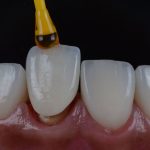Wisdom Teeth Extraction: Understanding the Type of Anesthesia Used

Wisdom teeth extraction is a common dental procedure that millions of people undergo every year. While the procedure itself is generally straightforward, it is important to understand the type of anesthesia used during the process. Anesthesia is a medication given to a patient to help them relax and feel little to no pain during the procedure. There are several types of anesthesia used during wisdom teeth extraction, and understanding them can help ease any anxiety or concerns a patient may have about the procedure. The most common types of anesthesia used during wisdom teeth extraction are local anesthesia, nitrous oxide sedation, and general anesthesia. Local anesthesia is the most commonly used type of anesthesia and involves numbing the area around the wisdom teeth. Nitrous oxide sedation is a form of conscious sedation that uses a gas to help the patient relax during the procedure. General anesthesia is used for more complex extractions and involves putting the patient to sleep during the procedure. Understanding the type of anesthesia used during wisdom teeth extraction can help patients feel more comfortable and informed about the process.
Wisdom teeth extraction is a dental procedure that involves the removal of one or more of the four permanent molars located at the back of the mouth. These teeth, also known as third molars, often emerge in the late teenage years or early twenties and can cause several problems such as pain, infection, and overcrowding. Wisdom teeth extraction is typically performed by an oral surgeon or a dentist, and the procedure can be done under various types of anesthesia, depending on the patient’s preference and the complexity of the case. The use of anesthesia is crucial in ensuring the patient’s comfort and safety during the procedure.
The importance of anesthesia in wisdom teeth extraction cannot be overstated. This procedure involves the removal of one or more teeth from the back of the mouth, which can cause significant pain and discomfort. Anesthesia is used to numb the area and prevent the patient from feeling any pain during the procedure. There are several types of anesthesia that can be used, ranging from local anesthesia to general anesthesia. Local anesthesia is the most common type used, which numbs only the area around the tooth being extracted. General anesthesia is used for more complex procedures or for patients who are particularly anxious or fearful of the procedure. Whatever type of anesthesia is used, its primary goal is to ensure that the patient is comfortable and pain-free throughout the wisdom teeth extraction process.
Local Anesthesia
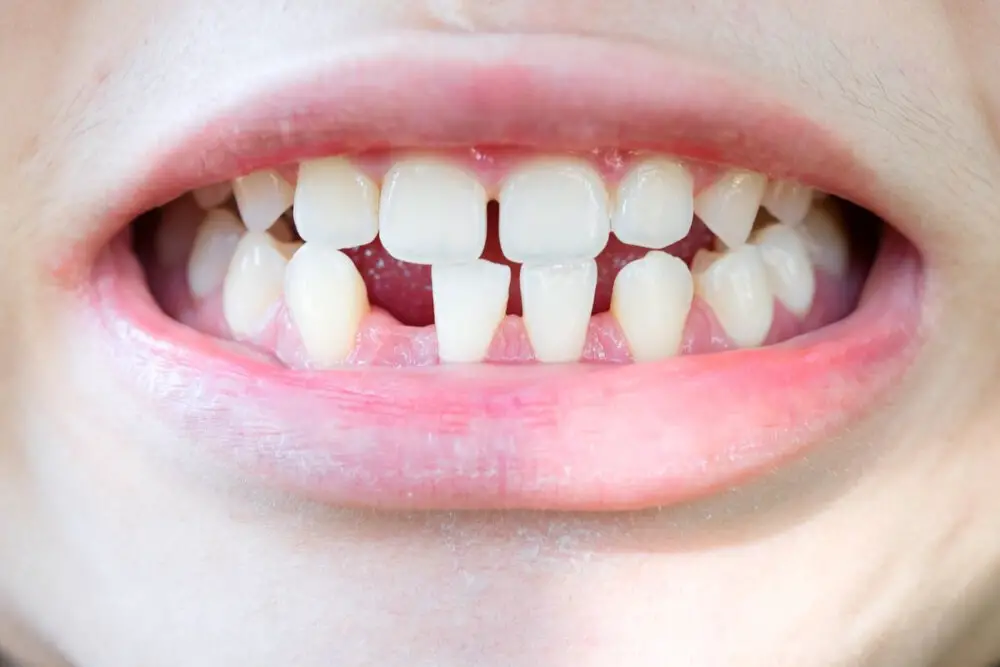
Local anesthesia is a type of anesthesia that is commonly used in dental procedures such as wisdom teeth extraction. It is administered by injecting a numbing agent directly into the area where the procedure is being performed. The numbing effect is fast-acting and can last for several hours. Local anesthesia is preferred for dental procedures because it allows the patient to remain conscious and alert during the procedure while eliminating pain and discomfort. One of the advantages of local anesthesia is that it has a low risk of complications and side effects compared to other forms of anesthesia. Patients who receive local anesthesia are able to resume their normal activities shortly after the procedure. Additionally, local anesthesia is a cost-effective option for patients who do not have medical insurance or have limited coverage. However, local anesthesia may not be suitable for patients with certain medical conditions or allergies to anesthesia. Therefore, it is important for patients to discuss their medical history and any concerns with their dentist or oral surgeon before the procedure.
Wisdom teeth extraction is a dental procedure that involves removing one or more of the third molars located at the back of the mouth. This treatment is usually recommended by dentists if the wisdom teeth are causing pain, infection, or crowding in the mouth. While local anesthesia, which numbs the area around the tooth, is often used for simple extractions, more complex cases may require general anesthesia or intravenous (IV) sedation. General anesthesia involves putting the patient to sleep, while IV sedation provides a state of deep relaxation and drowsiness. The type of anesthesia used will depend on the patient’s medical history, level of anxiety, and the complexity of the procedure.
There are both benefits and drawbacks to undergoing wisdom teeth extraction. On one hand, removing these teeth can prevent potential complications such as overcrowding, infection, and pain. Anesthesia is used during the procedure to alleviate discomfort and ensure a successful extraction. However, there are also risks associated with anesthesia, including allergic reactions and complications with breathing. Additionally, the recovery process can be uncomfortable and require special care such as avoiding certain foods and taking pain medication. It is important to weigh the benefits and drawbacks with your dentist or oral surgeon to determine if wisdom teeth extraction is the best option for you.
The procedure for administering local anesthesia during wisdom teeth extraction typically involves the use of a small needle to inject the anesthetic solution into the gum tissue near the extraction site. Before the injection, the dentist or oral surgeon may use a topical anesthetic gel or spray to numb the area and reduce discomfort from the needle. Once the anesthetic is injected, it works quickly to numb the nerves in the area and prevent pain during the procedure. The patient may feel a slight pressure or pushing sensation during the injection, but should not experience any pain. The dentist or oral surgeon will then wait a few minutes for the anesthetic to take effect before beginning the extraction. Overall, the process is quick and relatively painless, and allows for a more comfortable and stress-free experience for the patient.
Nitrous Oxide Sedation
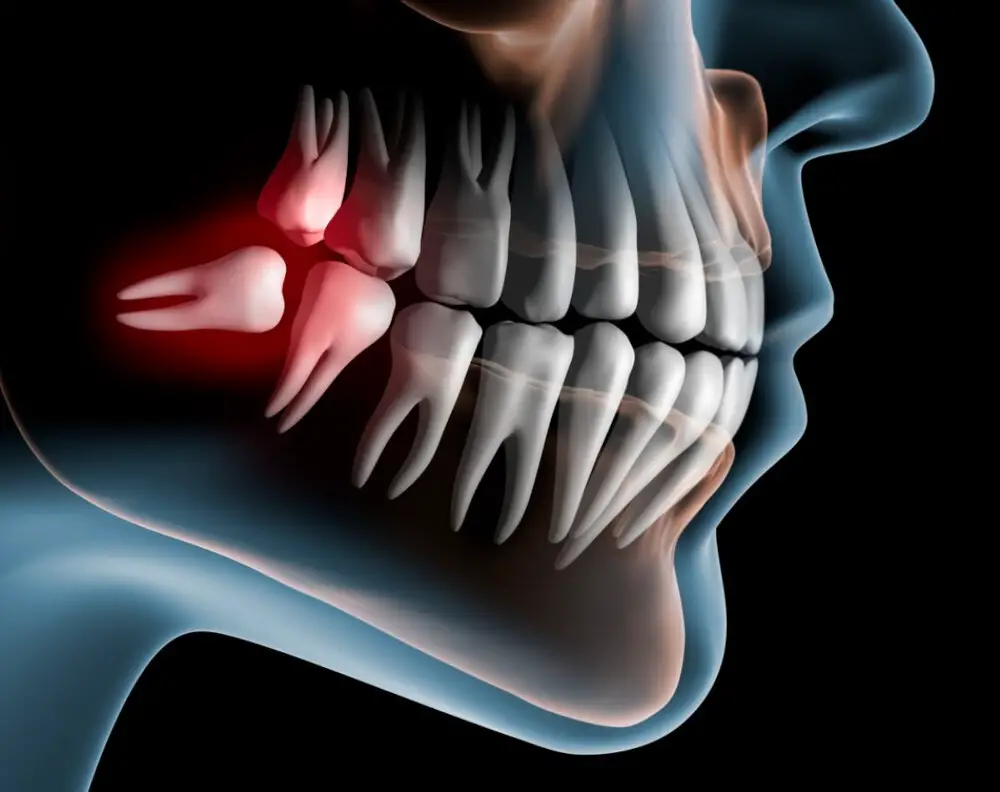
Nitrous oxide sedation, also known as \laughing gas,\ is a form of anesthesia commonly used during dental procedures such as wisdom teeth extraction. It is a safe and effective method of sedation that helps patients relax and feel comfortable during the procedure. Nitrous oxide is administered through a mask that is placed over the patient’s nose. The gas is then mixed with oxygen and the patient inhales it. Nitrous oxide sedation is a mild form of sedation that does not cause the patient to lose consciousness. Instead, it produces a feeling of euphoria and relaxation that helps the patient remain calm throughout the procedure. One of the benefits of nitrous oxide sedation is that it has a rapid onset and wears off quickly. This means that the patient can resume their normal activities shortly after the procedure is complete. Another advantage of nitrous oxide sedation is that it is considered safe for most patients, including children and the elderly. However, it may not be suitable for patients with certain medical conditions, such as chronic obstructive pulmonary disease (COPD) or a history of substance abuse. Additionally, patients who are pregnant or breastfeeding should avoid nitrous oxide sedation. Overall, nitrous oxide sedation is a safe and effective method of anesthesia that can help patients feel more comfortable during wisdom teeth extraction and other dental procedures.
Wisdom teeth extraction is a dental procedure that involves the removal of one or more wisdom teeth, the third and last molars at the back of the mouth. It is often necessary when the teeth are impacted, causing pain, infection, or damage to adjacent teeth. To make the procedure more comfortable for the patient, anesthesia is typically used to numb the area and reduce pain. There are different types of anesthesia that can be used, including local anesthesia, sedation anesthesia, and general anesthesia. Local anesthesia involves injecting numbing medication into the area around the tooth, while sedation anesthesia involves administering medication to help the patient relax and feel drowsy. General anesthesia is typically used for more complex cases and involves putting the patient to sleep during the procedure. The type of anesthesia used will depend on the patient’s individual needs and the complexity of the procedure.
The benefits of wisdom teeth extraction are numerous. Removing impacted wisdom teeth can prevent overcrowding and misalignment of teeth, which can lead to gum disease and tooth decay. Extraction can also alleviate pain and discomfort associated with impacted wisdom teeth. However, there are also some drawbacks to consider. The cost of the procedure can be high, especially if sedation or anesthesia is required. Additionally, there is the risk of complications such as infection, nerve damage, and bleeding. It is important to discuss the risks and benefits with a qualified oral surgeon before deciding on whether or not to undergo wisdom teeth extraction.
Nitrous oxide sedation, also known as laughing gas, is a type of sedation used during wisdom teeth extraction procedures. The procedure involves placing a mask over the patient’s nose and mouth, through which nitrous oxide is delivered. The patient inhales the gas, which induces a feeling of relaxation and euphoria. The level of sedation can be adjusted depending on the patient’s needs, and the effects wear off quickly once the gas is turned off. Nitrous oxide sedation is a safe and effective way to manage anxiety and discomfort during wisdom teeth extraction, and is a popular choice for patients who prefer a mild form of sedation without the risks associated with general anesthesia.
IV Sedation
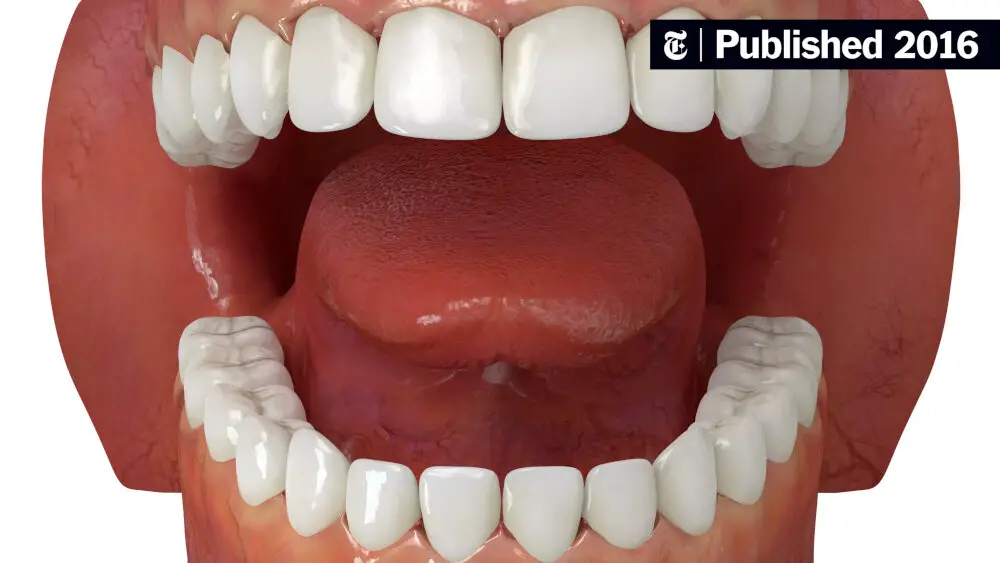
IV sedation is a type of anesthesia used during wisdom teeth extraction to help alleviate the patient’s anxiety and discomfort. This type of anesthesia is administered through a vein in the patient’s arm, which allows the medication to quickly take effect and provide a deep level of sedation. IV sedation is often preferred by dental professionals because it provides a more predictable and consistent level of sedation compared to other types of anesthesia. It is also considered to be very safe when administered by a trained professional. During IV sedation, the patient will remain conscious but will feel extremely relaxed and may not remember much about the procedure. The level of sedation can be adjusted throughout the procedure to ensure the patient remains comfortable. IV sedation is typically used for more complicated procedures, such as wisdom teeth extraction, where the patient may experience more discomfort and anxiety. It is important for patients to follow all pre-operative instructions provided by their dental professional to ensure the safest and most effective use of IV sedation during their procedure.
Wisdom teeth extraction is a surgical procedure that involves removing one or more wisdom teeth, which are the last molars located at the back of the mouth. This procedure is commonly performed to alleviate pain, prevent infection, or correct dental issues. During the procedure, the dentist or oral surgeon will administer anesthesia to numb the area around the tooth being removed. There are several types of anesthesia that can be used to perform wisdom teeth extraction, including local anesthesia, nitrous oxide sedation, intravenous (IV) sedation, and general anesthesia. Local anesthesia numbs only the area around the tooth being removed, while sedation dentistry provides relaxation and comfort throughout the procedure. General anesthesia is typically reserved for more complex cases or patients with special needs. Each type of anesthesia has its advantages and risks, so it’s important to discuss with your dentist which option is best for you.
The benefits of wisdom teeth extraction include the prevention of tooth decay and gum disease, as well as the prevention of overcrowding in the mouth. Additionally, wisdom teeth removal can alleviate pain and discomfort caused by impacted teeth. However, there are also drawbacks to consider, such as the risk of complications during and after the procedure, such as nerve damage or infection. Additionally, some patients may experience anxiety or fear related to the procedure or the use of anesthesia. It is important to discuss these potential risks and benefits with your dentist or oral surgeon before making a decision about wisdom teeth extraction.
Administering IV sedation involves several steps to ensure the patient’s safety and comfort during the wisdom teeth extraction procedure. The process begins with a thorough medical history review and physical assessment to determine the patient’s suitability for sedation. The patient is then fitted with monitors to measure vital signs, including blood pressure, heart rate, and oxygen levels. Next, a small needle is inserted into a vein in the arm or hand, and the sedative medication is slowly injected. The patient will feel drowsy and relaxed, and their pain and anxiety levels will be reduced. Throughout the procedure, the patient’s vital signs will be closely monitored, and the dosage of medication adjusted as needed. After the procedure, the patient will be monitored until they are alert and able to be discharged safely.
General Anesthesia

General anesthesia is a type of anesthesia that is commonly used during wisdom teeth extraction. This type of anesthesia is designed to put the patient in a deep sleep, making them completely unconscious throughout the procedure. The anesthesia is administered through an IV line or a mask that is placed over the patient’s mouth and nose. Once the anesthesia takes effect, the patient is completely unaware of the procedure and feels no pain or discomfort. The anesthesia also causes the patient’s muscles to relax, making it easier for the dentist or oral surgeon to perform the procedure. General anesthesia is a safe and effective way to ensure that the patient is comfortable throughout the procedure. However, it does come with some risks and potential side effects. Some patients may experience nausea or vomiting after the procedure, while others may have a sore throat or dry mouth. There is also a small risk of complications such as allergic reactions or breathing problems. To minimize the risks, it is important for patients to discuss their medical history and any medications they are taking with their dentist or oral surgeon before the procedure. Overall, general anesthesia is a valuable tool that can help make wisdom teeth extraction a more comfortable and less stressful experience for patients.
Wisdom teeth extraction is a dental procedure that involves removing one or more wisdom teeth. Wisdom teeth are the last molars to emerge in the back of the mouth, usually in a person’s late teens or early twenties. The extraction of wisdom teeth is often necessary due to a lack of space in the mouth, which can cause pain, infection, or damage to surrounding teeth. During the procedure, anesthesia is used to numb the area around the tooth to be extracted. There are several types of anesthesia that can be used, including local anesthesia, which numbs only the immediate area around the tooth, and general anesthesia, which puts the patient to sleep. The choice of anesthesia depends on the complexity of the extraction and the patient’s level of anxiety.
The benefits of wisdom teeth extraction cannot be overemphasized. This procedure is necessary to prevent overcrowding, gum disease, and tooth decay. It also helps to mitigate the risk of oral infections and other dental problems. However, there are some drawbacks to wisdom teeth extraction, including pain and discomfort after the procedure, swelling, and bleeding. Additionally, the use of anesthesia during the procedure can be a concern for some patients, especially those with underlying medical conditions. It is important to understand the different types of anesthesia used during wisdom teeth extraction to make an informed decision and ensure a safe and successful procedure.
Administering general anesthesia is a complex process that requires careful preparation and monitoring to ensure the patient’s safety and comfort. The procedure typically begins with the patient being fitted with monitoring equipment to track their vital signs, such as heart rate, blood pressure, and oxygen saturation. The anesthesiologist then administers medication through an IV, which puts the patient into a deep sleep. A breathing tube may be inserted to help the patient breathe and prevent any complications. Throughout the procedure, the anesthesiologist continually monitors the patient’s vital signs and adjusts the anesthesia as needed. Once the procedure is complete, the patient is gradually awakened from the anesthesia, and the breathing tube is removed. Postoperative care is necessary to ensure a smooth recovery and minimize any side effects or complications.
During wisdom teeth extraction, different types of anesthesia can be used to ensure the procedure is as safe and comfortable as possible. Local anesthesia is the most common type, which involves numbing the area around the tooth with an injection. Sedation anesthesia, which includes nitrous oxide and IV sedation, helps patients relax and can make the procedure feel like it passes more quickly. General anesthesia is reserved for more complicated extractions or cases where patients have severe anxiety or medical conditions that make other forms of anesthesia difficult. Regardless of the type of anesthesia used, patients can rest assured that their dentist or oral surgeon will choose the best option for their specific needs.
Choosing the right type of anesthesia for wisdom teeth extraction is crucial to ensure a comfortable and safe surgical experience. There are various types of anesthesia available, and the choice depends on the complexity of the procedure, the patient’s medical history, and their level of anxiety. The most common anesthesia options for wisdom teeth extraction are local anesthesia, nitrous oxide sedation, IV sedation, and general anesthesia. Local anesthesia numbs the area around the extraction site, while nitrous oxide sedation helps the patient relax during the procedure. IV sedation provides a deep level of sedation, and general anesthesia puts the patient into a deep sleep. The dentist or oral surgeon will evaluate the patient’s needs and determine the best type of anesthesia to use. It is important to discuss any concerns or questions with the dental professional to ensure a smooth and comfortable procedure.
When it comes to wisdom teeth extraction, it is crucial to discuss anesthesia options with your dentist or oral surgeon. Anesthesia is used to control pain and anxiety during the surgical procedure. There are different types of anesthesia available such as local anesthesia, sedation, and general anesthesia. The type of anesthesia used will depend on various factors such as the extent of the surgery, the patient’s age, and their medical history. Discussing anesthesia options with your dentist or oral surgeon, will help ensure that you are comfortable and safe during the procedure. It is important to disclose any medical conditions or allergies you may have, as well as any medications you are taking, to help determine the best anesthesia option for you. By having this discussion beforehand, you can alleviate any fears or concerns you may have about the procedure and have a smoother recovery.
Conclusion
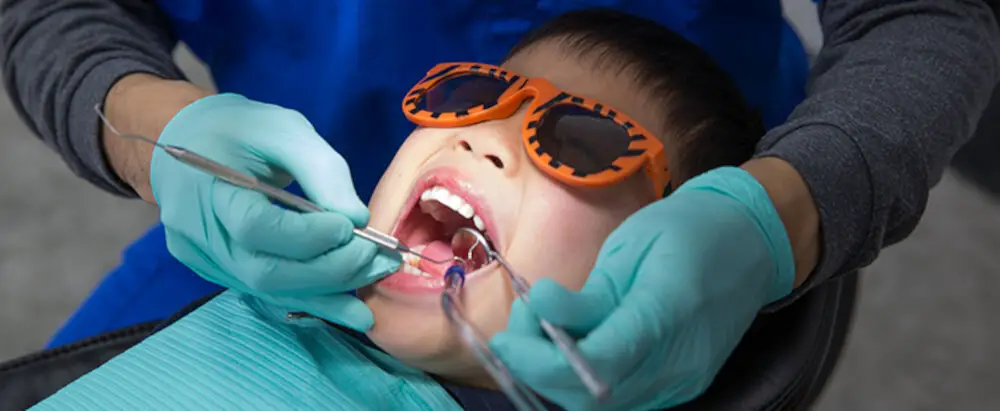
In conclusion, the process of wisdom teeth extraction can be a daunting experience for many individuals. However, understanding the type of anesthesia used can alleviate some of the anxiety and fear associated with the procedure. With the option of local anesthesia, nitrous oxide, and IV sedation, patients can choose the level of sedation that best suits their needs and preferences. It is crucial to discuss the type of anesthesia with your dentist or oral surgeon beforehand to ensure a safe and comfortable experience. Ultimately, with proper preparation and communication with your healthcare provider, wisdom teeth extraction can be a smooth and successful process.






